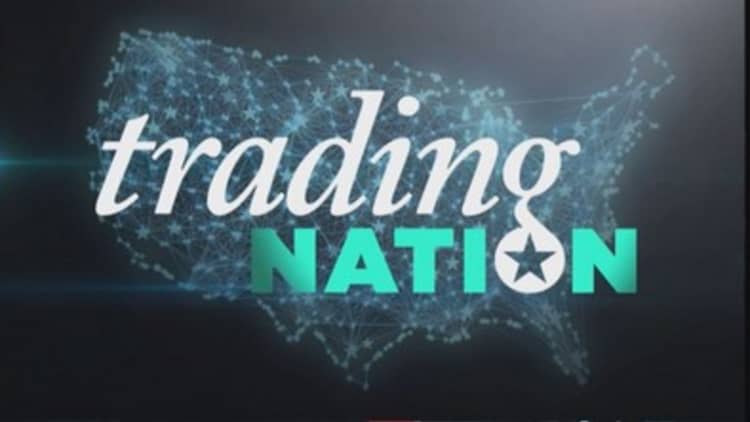
Options traders are starting to pay up for crash protection, according to a recent note from Goldman Sachs. The question is whether that points to a heightened chance of a major correction.
"Long-dated crash put protection costs on the [] have more than doubled over the past 9 months," a Goldman Sachs options research team led by John Marshall wrote. "We believe it is an important development to watch as it implies investors are increasingly concerned about downside risk even as U.S. equities trade near all-time highs."
Specifically, the options that have more than doubled in value are 55 percent out-of-the-money puts that expire in five years. That is to say, in order for these derivatives to pay off come expiration, the S&P would have to lose more than half its value over the next five years.
The Goldman team notes that the increased risk of a catastrophic event implied by these put prices are not reflected in the credit markets—but that doesn't put their minds at ease.
"We see reason for concern as put prices were up a similar amount in 2007 ahead of the financial crisis, diverging from credit and equity at that time as well."
Stacey Gilbert, head of derivatives strategy with Susquehanna, sees further hints of concern in options that are merely playing for a correction, rather than a catastrophe.
"Where we've seen the primary focus has been the S&P June 1,800- to the 1,850-strike puts," she said, referring to trades that are playing for downside of more than 10 percent.
Read MoreThe Fed could put the breaks on the dollar rally
Investors are "using these as an opportunity to buy insurance buy protection—not anticipating that there's a crash, but certainly wanting to be prepared in case there is."
Yet not everyone is buying Goldman's somewhat frightening argument. According to options expert Dennis Davitt of Harvest Volatility Advisors, the higher prices for crash protection simply reflect changing dynamics in the options market.
"It's not that there's an abundance of buying in that space, it's just that there's no one left to sell it," he said. "If you sell way out-of-the-money downside puts in the S&P for five years, you're going to gobble up an enormous amount of your balance sheet."
The amount one could make by selling these puts doesn't adequately compensate banks for the capital they would need to maintain in order to be prepared for the (incredibly unlikely) scenario that the puts will be assigned, at least in this new and more stringent regulatory environment.
Read MoreSound off! How are you feeling about the market?
Meanwhile, demand for the puts is created by firms that are forced by mandate to cheaply guarantee at least half of the value of their equity portfolios, Davitt said. Since natural buyers exist and natural sellers have evaporated, the puts have actually become quite overpriced.
"They're great to sell if you have an infinite balance sheet," Davitt said.
That would explain why the price of short-term protection has not increased alongside the long-term crash puts, as the Goldman team notes.
Meanwhile, even though the S&P has lost 3 percent over the past nine sessions, the charts provide no sources for concern, according to Todd Gordon of TradingAnalysis.com.
"Just look at a five-, six-year uptrend in the S&P," Gordon said. "To me, at a trend-following idiot so to speak, it looks perfectly intact."






